For health-conscious individuals, oats are a popular choice for breakfast or as an ingredient in smoothies and baked goods. Oats are known for their high fiber content, which is essential for a healthy digestive system. However, some people wonder if blending oats affects their fiber content.
Quick Answer: Blending oats does not destroy their fiber content. The process of blending oats may break them down into smaller particles, but it does not alter the nutritional content, including the fiber.
Let’s delve more deeply into the subject and find out more interesting facts!
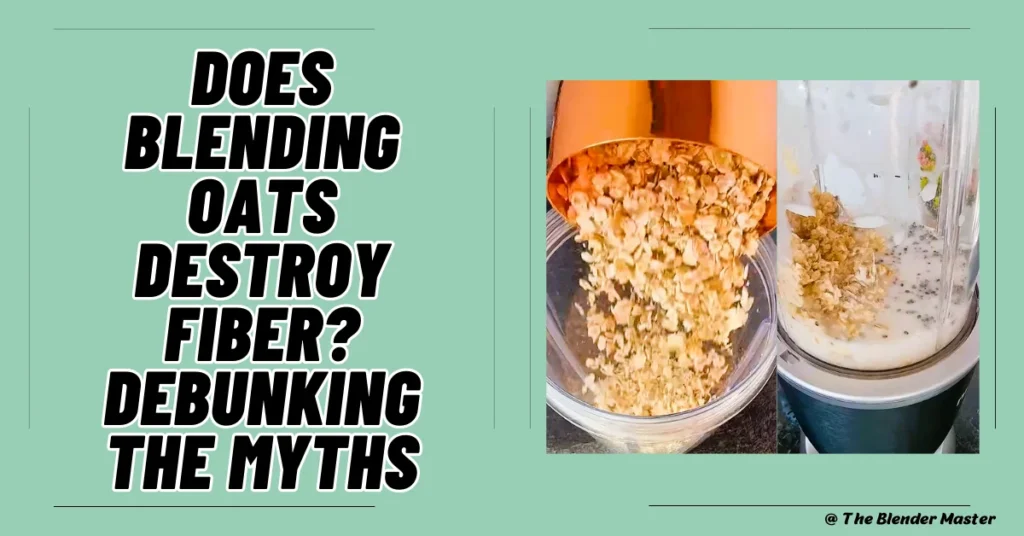
Blending Oats: Does it Affect the Fiber Content?
The simple answer is no, blending oats does not destroy the fiber content. The insoluble fiber, which contributes to the texture and thickness of oats, remains intact even after blending.
However, the process of blending can break down the oat flakes, leading to a smoother texture. This can give the impression of a reduced fiber content, but it is actually just a change in the physical appearance. The fiber is still present and provides the same health benefits.
It’s worth noting that when oats are blended, they may become more easily digestible. This can be beneficial for individuals with sensitive digestive systems or those who have difficulty chewing whole oats. Blending also releases more of the oats’ nutrients, making them easier for the body to absorb.
Studies on blended oats and fiber retention
Several studies have been conducted to evaluate the effect of blending on fiber retention in oats. One study published in the Journal of the American College of Nutrition compared the fiber content of blended oats to that of whole oats. The researchers found that blending did not significantly affect the fiber content, indicating that the nutritional value of oats remained consistent.
Another study published in the Journal of Food Science examined the effects of different processing methods, including blending, on the nutritional profile of oats. The researchers concluded that although some processing methods led to slight changes in the physical properties of oats, the fiber content remained stable.
These studies provide reassurance that blending oats does not diminish their fiber content. Whether you consume whole oats or blend them into a smoothie or recipe, you can still enjoy the benefits of the fiber they provide.
RECOMMENDED READING: Does Blending Fruit Destroy Fibre And Nutrients?
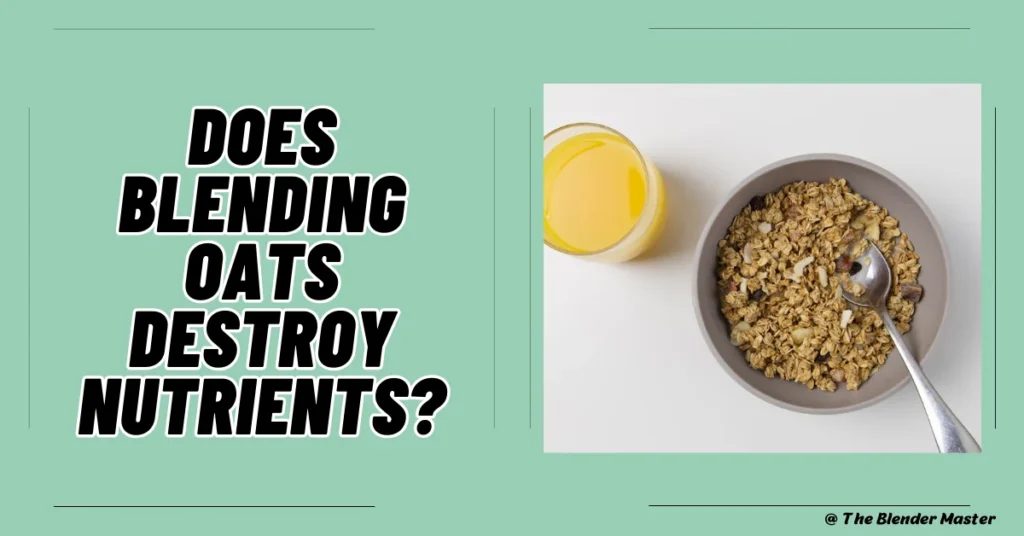
Does Blending Oats Destroy Nutrients?
The process of blending oats may lead to some nutrient loss, primarily due to exposure to air and heat generated during the blending process. However, the extent of nutrient loss is minimal and often negligible. Most of the nutrients in oats remain intact, as they are generally resistant to degradation from blending.
It is important to note that the overall impact on nutrient loss depends on factors such as the duration of blending, the speed and intensity of blending, and the storage conditions of the blended oats. To minimize nutrient loss, it is recommended to blend oats in shorter bursts and at lower speeds to reduce heat generation.
Duration and speed of blending
In terms of blending vegetables or fruits to create healthy smoothies, the duration and speed of blending can have an impact on the nutritional value of the final product.
Blending duration: The length of time you blend your ingredients can affect the nutritional content of your smoothie. Over-blending can lead to increased oxidation, which can reduce the levels of vitamins and antioxidants in the smoothie. It’s recommended to blend your ingredients for a short period of time to minimize nutrient loss.
Blending speed: The speed at which you blend your ingredients can also influence the nutritional value of your smoothie. High-speed blending can generate heat, which may degrade certain heat-sensitive nutrients. To preserve the nutritional content of your smoothie, consider using lower blending speeds.
By blending for shorter durations and using lower speeds, you can minimize nutrient loss and ensure that your smoothie retains its nutritional value.
It’s important to note that the impact of blending duration and speed on nutrition may vary depending on the ingredients used. Softer fruits and vegetables, like bananas and leafy greens, may require less blending time, while harder ingredients, like carrots or frozen fruits, may require a longer duration.
To maximize the nutritional benefits of your smoothie, consider following these tips:
- Start by blending your leafy greens and liquids first to ensure they are thoroughly blended.
- Add your fruits and other ingredients gradually, blending for short bursts to achieve the desired consistency.
- Avoid over-blending, as this can lead to nutrient loss. Aim for a smooth texture without blending for too long.
- Use lower blending speeds to minimize heat generation and preserve heat-sensitive nutrients.
RECOMMENDED READING: Does Blending Spinach Destroy Fiber?
Are Oats Still Healthy if You Blend Them?
Blending oats does not make them less healthy. Oats are a great source of important vitamins, minerals, fiber, and antioxidants. Blending rolled oats in a smoothie can provide many health benefits, including fiber, nutrients, and potential cholesterol-lowering effects.
Oats are loaded with fiber, all of which is totally soluble. The fiber contained in them is called beta-glucan, a specific type of soluble fiber known for reducing blood sugar and insulin responses, encouraging the growth of healthy stomach bacteria, and lowering overall LDL cholesterol counts. Blending oats into a smoothie can be a great way to incorporate them into your diet.
If you are a smoothie lover, I reviewed best blenders for smoothie bowls, you can check it.
Frequently Asked Questions on Blending Oats
Does grinding oats reduce fiber?
Grinding oats won’t significantly reduce their fiber content; it’s more about texture preference. Oats contain both soluble and insoluble fiber, which contribute to digestive health and overall well-being. When you grind oats, the fiber remains intact, but the grind size matters. A coarser grind retains more texture and arguably a bit more fiber, while a finer grind offers a smoother consistency. So, there’s no need to worry about losing out on the fiber benefits.
Is there a difference in the type of fiber between whole oats and blended oats?
The difference in fiber between whole oats and blended oats is akin to a friendly family feud. When you blend oats, you’re altering their form, not their fiber. The two main types, soluble and insoluble fiber, remain virtually the same. Soluble fiber still regulates blood sugar and cholesterol, while insoluble fiber keeps things moving. Blending doesn’t mess with the fiber’s identity; it’s like a clever disguise. Your body won’t pick sides in this sibling rivalry; it thrives on both. It’s a matter of preference – do you crave the chew of whole oats or the creaminess of blended oats? The fiber goodness is unwavering, so no need to fret.
Are there any tips for maximizing fiber benefits when blending oats?
To make the most of the fiber benefits when blending oats, it’s all about balance and creativity. Keep your blend just right – not too coarse or too fine – for that perfect texture. Pair your blended oats with fiber-rich sidekicks like fruits, nuts, or seeds to enhance the nutritional value. Stay hydrated, as fiber loves water, so accompany your oats with a glass of H2O. Don’t limit yourself to one style – blend them into a smoothie, cook them into oatmeal, or bake them into cookies to keep things exciting.
Blending Oats Maintains Fiber Content
So, yeah! Blending oats is not only a convenient way to incorporate them into our diets, but it also helps maintain their fiber content. By breaking down the whole grains into smaller particles, we increase their surface area and make it easier for our bodies to absorb the nutrients they provide. So why not give blending oats a try and enjoy a healthier and more satisfying diet?

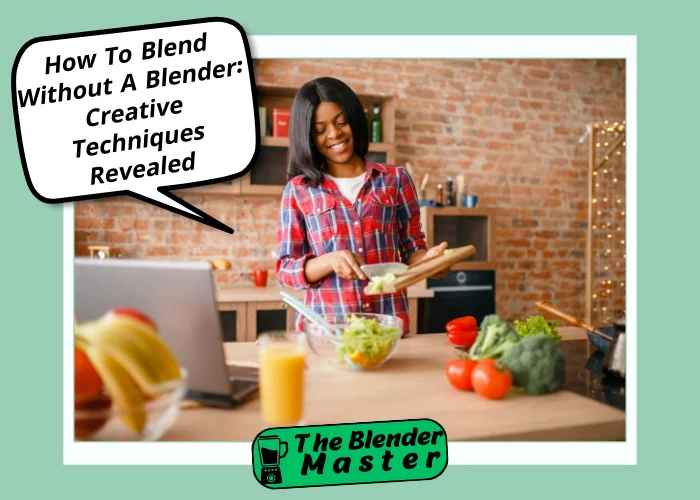
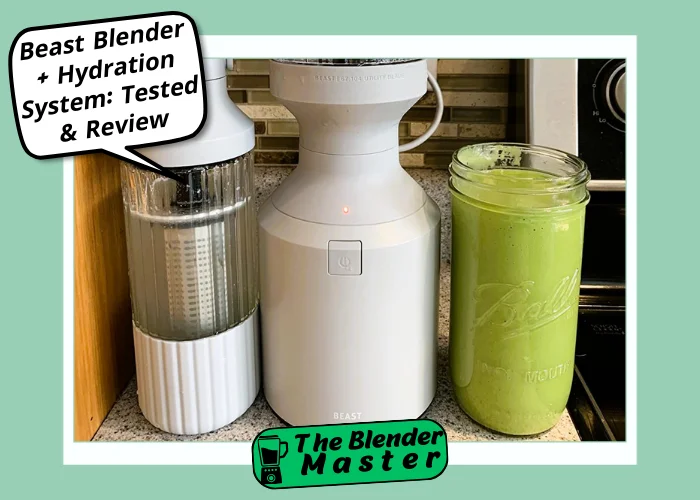
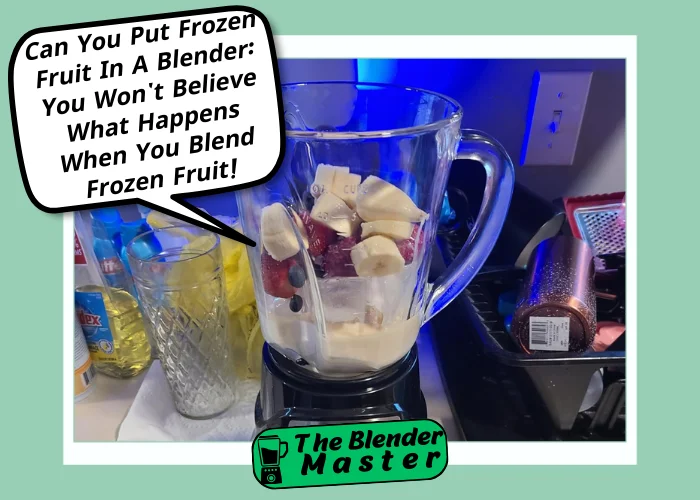
Leave a Reply